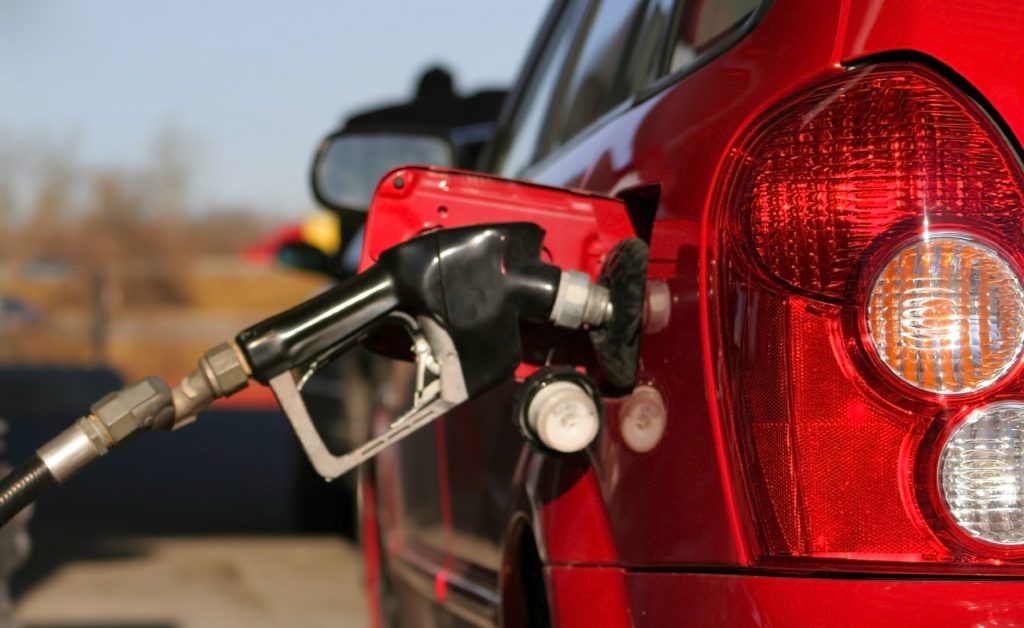Crazy For Carbon

Column by Doug Durante, Clean Fuels Development Coalition
As is often said when it comes to football, it starts with the basics – blocking and tackling. Trick plays, end arounds and flea flickers are nice but without the basics it doesn’t matter.
I feel like there is a lesson here for the ethanol industry. In the national and global fervor over the need to reduce CO2 and greenhouse gas emissions, have we lost sight of the fundamental value of ethanol and that it is already a low carbon fuel? While everyone is scrambling to find carbon sequestration and capture projects, ethanol has a head start that has been years in the making. We need to get back to basics. It replaces gasoline and increases its value with its high octane. It further increases its value by reducing carbon emissions both at the tailpipe and at the refinery level.
So why is Agriculture Secretary Tom Vilsack and so many others in the Biden administration spouting doom and gloom if ethanol doesn’t throw itself on the altar of carbon sequestration?
Let me stop here and make it clear that of course we want to be the best we can be in terms of achieving the greatest reductions possible. Employing the most advanced and effective farming practices, combined with creative carbon capturing, combined with low energy inputs at ethanol plants will all continue to make ethanol a player in the low carbon world.
But, it’s not like we are starting from scratch. Contemporary studies, accepted by the Department of Energy and most reputable institutions, have found today’s corn ethanol can reduce greenhouse gases (carbon) by more than 50 percent. The DOE says we are headed for a 70 percent reduction. USDA has done their own studies with similar results. The corn ethanol industry has spent a significant amount of time and money researching the carbon issue and addressed every concern, providing a full life cycle analysis from field to fuel tank.
This measurable and constant progress has the ethanol industry on a path to net zero emissions over the next two decades. In fact, earlier this year, before pipelines, sustainable aviation fuel, marine use and other distractions, “net zero” was all the rage. The outlook for ethanol as a low carbon fuel got better right before Christmas when the Biden administration ruled that the GREET model should be the measuring stick for GHG reduction under the Sustainable Aviation Fuel program. This would seem to make it a fait accompli that EPA will have to use it for the motor fuel sector as well.
What is puzzling then is this narrative that ethanol’s future is grim, and we have little or no value in a world of carbon reduction without taking drastic measures to capture the carbon emissions from ethanol plants. It is curious given the fact that the ethanol industry rightfully touted its low carbon characteristics before pipelines were even a thing, as they say. So, for some to paint the picture that this is a do or die proposition sells ethanol short. Sure, if we can get additional value from pipelines great, but while that is getting sorted out – or not – we have an opportunity right now to be a major player in reducing carbon.
Our studies, captured in the comments CFDC filed under the multi pollutant rule, provide numbers in comparison to that rule, with our point being that high octane ethanol blends were ready, willing and able to contribute to carbon reduction. The multi-pollutant rule predicts emission reductions under the assumption that nearly 70 percent of new cars by 2032 will be EVs. We have shown repeatedly how that is never going to happen. Conversely, the 270 million cars on the road today are internal combustion engines and run on liquid fuels.
Consider that if liquid fuel consumption stays constant at approximately 135 billion gallons per year, adopting nationwide E15 would reduce carbon emissions between 2027 and 2032 by 384 million tons, 1.65 times more than the EV proposal’s estimated 232 million tons over the same time frame. Adopting nationwide E30 could reduce emissions by 1,167 million tons, five times the savings of EPA’s proposed rule. Other studies have confirmed this result, suggesting that the adoption of even mid-level ethanol blends would reduce pollution emissions at least as much as electrification.
There is no accepted figure in terms of tonnage if all the CO2 pipelines were built and that would be impossible at this time because several planned projects have announced they may not go forward. Regardless, they would be hard pressed to equal these tonnage reductions that higher blends of ethanol would provide. Secondly, if EPA opened the market to 20-30 percent blends – and we have provided to them in great detail in numerous comments we have filed the simple list of things they can easily do – these reductions are available immediately, as in right now, this afternoon, and there are no subsidies or tax incentives involved. It is my understanding the permitting and construction of these pipelines could take a considerable amount of time.
CFDC has been promoting these High Octane Low Carbon (HOLC) blends for decades and we continue to be puzzled as to why this is not recognized as a more immediate pathway for increased ethanol demand. The U.S. has the largest gasoline market in the world. Splash blending 20 percent ethanol on to today’s 10 percent blends is an immediate opportunity providing benefits to agriculture as well as consumers while protecting public health, addressing climate concerns and enhancing economic and energy security.
For administration officials to either directly or by implication continue to say ethanol’s carbon footprint is insufficient is a disservice. We need to constantly remind people that ethanol is a low carbon fuel and is far superior to conventional gasoline. If they want carbon reductions, get out of the way and let us provide them!

